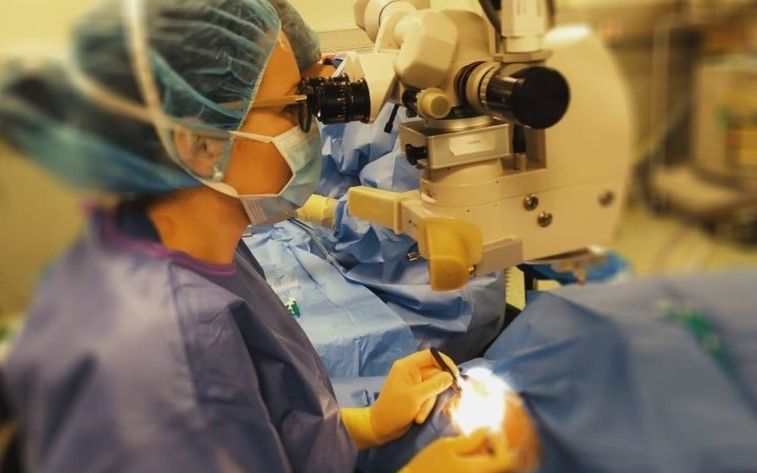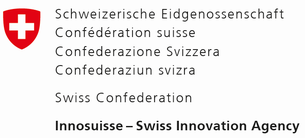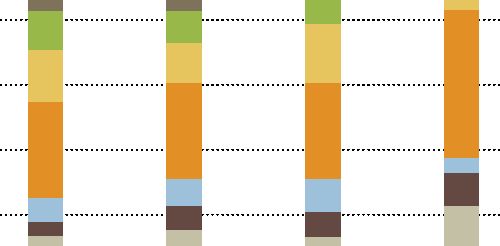
Last Thursday, Dr. María Jesús Chaves Samaniego, glaucoma expert at Vissum Alicante, implanted the first eyeWatch valves in Spain to three patients with glaucoma, the main preventable cause of blindness in the developed world in population over 60 years.
Vissum Alicante, one of the most advanced and technologically best equipped clinical centres for Ophtamology in Spain, has been selected by Swiss company Rheon Medical, manufacturer of the eyeWatch valve, as a reference center in the country and the first site authorized to implant its device, already implemented in some centers in the United Kingdom, Switzerland and Greece.
The purpose of the eyeWatch regulator valve is to offer the specialist more precise control of intraocular pressure and avoid some of the most important postoperative complications of conventional glaucoma surgeries, derived from high or low pressure peaks.
During that time, it is essential to monitor the evolution of the patient to stop the sudden oscillations of intraocular pressure that can have a severe impact on the optic nerve. In some cases, these complications end up with the patient again in the operating room to solve the problem. "The novelty of this technique is that with the eyeWatch regulator, we avoid having to make these adjustments in the operating room and we control at all times from the consultation, without surgery, the pressure we want to achieve, avoiding new interventions and the visual sequelae derived from these peaks of pressure ”, summarizes Dr. Chaves.
How eyeWatch works
Currently, glaucoma has no cure, although there are numerous therapeutic possibilities. These are aimed at reducing intraocular pressure to the necessary level to slow the progression of the disease.
Intraocular hypertension is generated when the aqueous humor does not drain properly outward and accumulates inside the eyeball. This pressure on the optic nerve ends up damaging it progressively and causing irreversible visual damage. Until that time, the patient does not notice any discomfort or pain. Precisely from there derives the main problem of glaucoma; called by specialists as "silent enemy" because it advances without giving apparent signs and, when it does, in many cases, it has already caused a decrease in vision (initially peripheral and then also central) that cannot be recovered. Here is the importance of conducting regular consultations with the ophthalmologist, especially when there is a family history of glaucoma.
The decrease in ocular tension is carried out in the initial phases with topical medication; that is, eye drops that the patient should apply directly to the eye in the form of drops. There is also the initial low-invasive option of creating a laser drain to facilitate the outflow of aqueous humor and, in severe or uncontrolled cases with previous treatments, glaucoma can be surgically intervened to create an outflow of aqueous humor or implant a valve that regulates drainage and thus regulate intraocular pressure.
To reduce the possibility of postoperative complications derived from oscillations in intraocular pressure, the eyeWatch valve incorporates a regulator with six degrees of opening that the specialist controls from the outside through a magnetic mechanism, so that the intraocular pressure can be modulated with precision and can be adjusted to the evolution of the patient at all times, from the first day after surgery, without resorting to new adjustments or surgery in the operating room.
"The surgery to implant the eyeWatch valve does not have major additional modifications on the conventional valve implant technique, but nevertheless, it constitutes a very important advance for the tight control of the patient's tension. After going through the operating room, the patient's treatment is exactly the same as in conventional surgery, with the proviso that we can monitor and act more accurately on intraocular pressure, a determining factor in the evolution and prognosis of the patient", says the Vissum specialist.
Advantages with the eyeWatch regulator
Fortunately, not all patients who have glaucoma end up in the operating room; It depends on the type of glaucoma and the aggressiveness and severity in each case. However, given that life expectancy is increasing and that glaucoma advances progressively, even in cases where the patient is receiving medication (but this is insufficient to stop the progression), it seems likely that the number of surgical indications for this ocular pathology will increase in the coming years.
"With this device, a very hopeful path is opened not only for patients with severe or uncontrolled glaucoma progression, but for those who have a mild, moderate or even normotensive glaucoma stage and have some type of limitation for conventional treatments, since it could be used as a programmable clock or pacemaker by the ophthalmologist to control the disease. In fact, in a short time we hope to carry out a clinical trial to see if this valve with regulator could be implanted in earlier stages of the disease, in patients who do not tolerate or have problems applying topical medication and thus prevent the progression of glaucoma and its impact on vision", explains Dr. Chaves.
On the other hand, it must be taken into account that there is a percentage of patients who have a very low rate of therapeutic adherence when forgetting to apply the medication or not doing it correctly; especially in the case of older people who should apply the drops themselves. As well as many cases of allergies and intolerances to these eye drops, which finally make pharmacological treatment unfeasible.
"It is important to note that, although there is a range of stress figures considered normal for the general population, when we talk about a patient with glaucoma, these figures lose relevance. Each patient with glaucoma requires a certain level of intraocular pressure depending on the cause of their glaucoma and its severity and risk of progression. Only when a level of pressure is achieved that is evidenced by control tests that changes in the structure and function of the optic nerve and retina are not taking place, will we have achieved good disease control. There are very aggressive cases of glaucoma in which from the beginning we are clear that there is no alternative but surgery. Therefore, the earlier said intraocular pressure level is reached, the better the patient's visual prognosis. This level can vary over time, and must be checked by the ophthalmologist regularly", says the Vissum Alicante specialist.
(Press release / ES)
Picture: Vissum Alicante























































Please login or sign up to comment.
Commenting guidelines